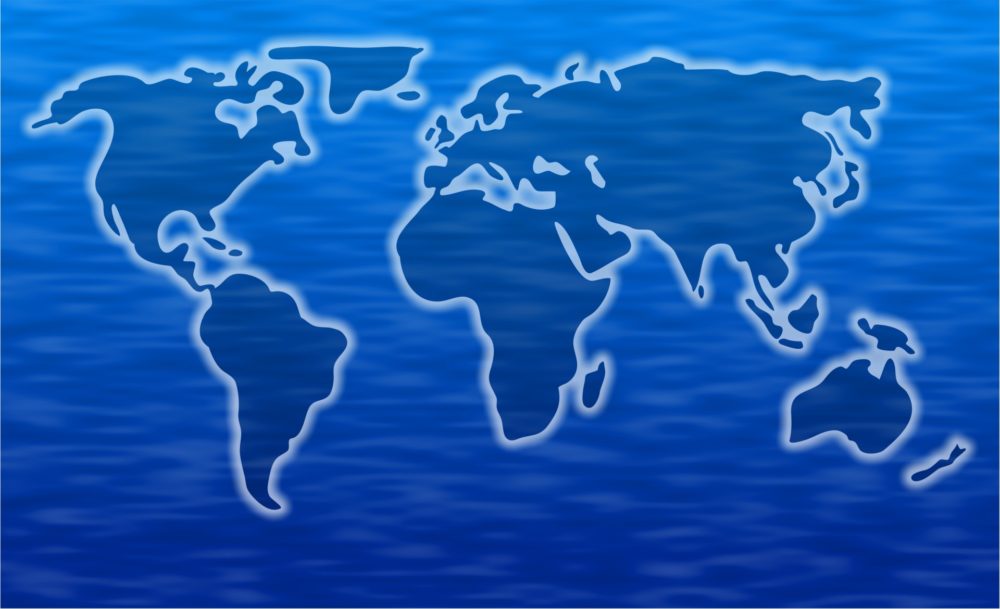When it comes to explaining to their citizens what international trade is all about, European leaders are way ahead of their American counterparts — so far, that they must marvel at the audacity of how it’s done in America. Last month, for example, I reported on President Barack Obama’s visit to Everett, Washington, where he praised Boeing’s new 787 Dreamliner. The president basically boasted on Feb. 17 that the Dreamliner showed how Americans build better “stuff” than foreigners. “Boeing has suppliers in all 50 states, providing goods and services like the airplane’s ground-breaking carbon fiber composite aircraft structure from Kansas, advanced jet engines from Ohio, wing components from Oklahoma, and revolutionary electrochromic windows from Alabama,” he declared. American manufacturers like Boeing, Obama added, “are realizing that even when we can’t make things cheaper than China, we can make things better. That’s how we’re going to compete globally.” When they saw that, some European readers told me they wondered what Obama had been smoking.
Here’s how that same Dreamliner has been described by the Swedish National Board of Trade, which has conducted ground-breaking research into the mutually beneficial relationship between imports and exports in modern international trade flows. “The production of this new midsize jet involves 43 suppliers spread over 135 sites around the world,” the sagacious Stockholm economists noted in one report. “The wings are produced in Japan, the engines in the United Kingdom and the United States, the flaps and ailerons in Canada and Australia, the fuselage in Japan, Italy and the United States, the horizontal stabilizers in Italy, the landing gear in France, and the doors in Sweden and France.” All in all, “a Boeing airplane is not particularly American,” as “70 percent of the components are produced abroad,” the sharp-eyed Swedes concluded.
Of course, Swedes don’t vote in U.S. presidential elections. And last week, Obama was at it again — vigorously explaining what international trade means to Americans in narrowly nationalistic terms. On March 9, the president visited Petersburg, Virginia, which is about 30 miles south of Richmond and the site of Rolls-Royce Crosspointe, one of Boeing’s suppliers of engine components for the Dreamliner. The president praised the British manufacturer for investing in America and “creating jobs here, manufacturing components for jet engines, for planes that we’re going to send all around the world.” He went on to say that what Rolls-Royce was doing in the United States represented “the kind of business cycle we want to see. Not buying stuff that’s made someplace else and racking up debt, but by inventing things and building things and selling them all around the world stamped with three proud words: ‘Made in America.'”
Made where? While that last line drew its intended applause from the southern Virginia workers, as an explanation of economic realities it was perhaps as chauvinistic — and flat-out wrong — as it gets in American politics.
Here’s why: Continue reading
